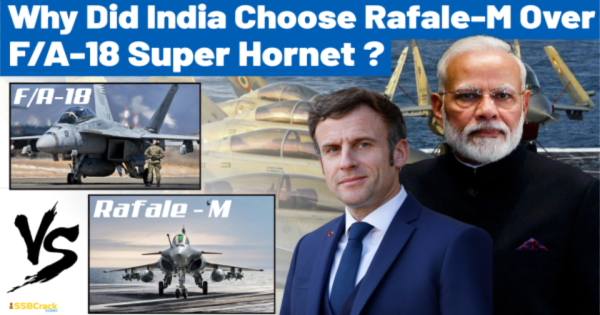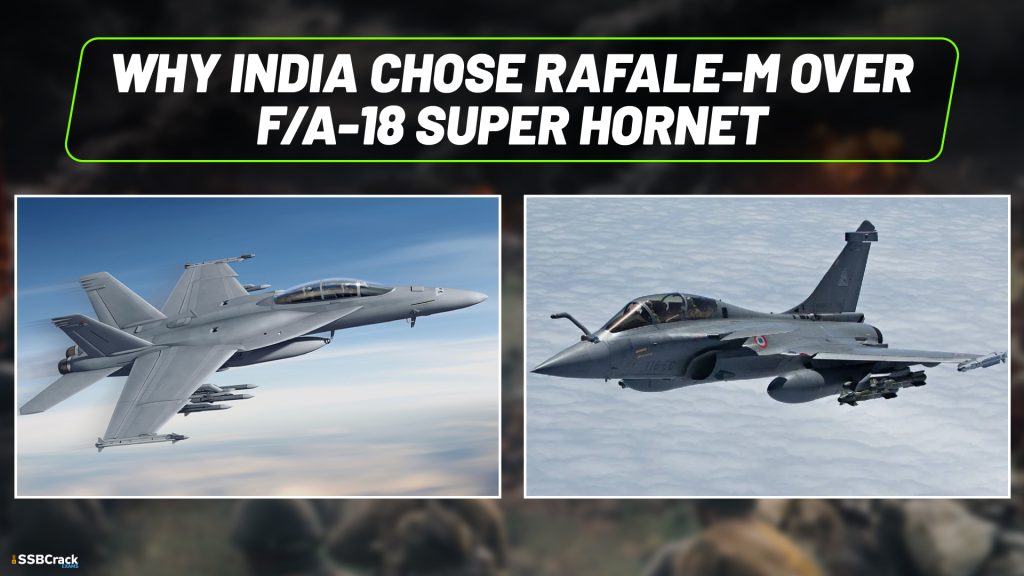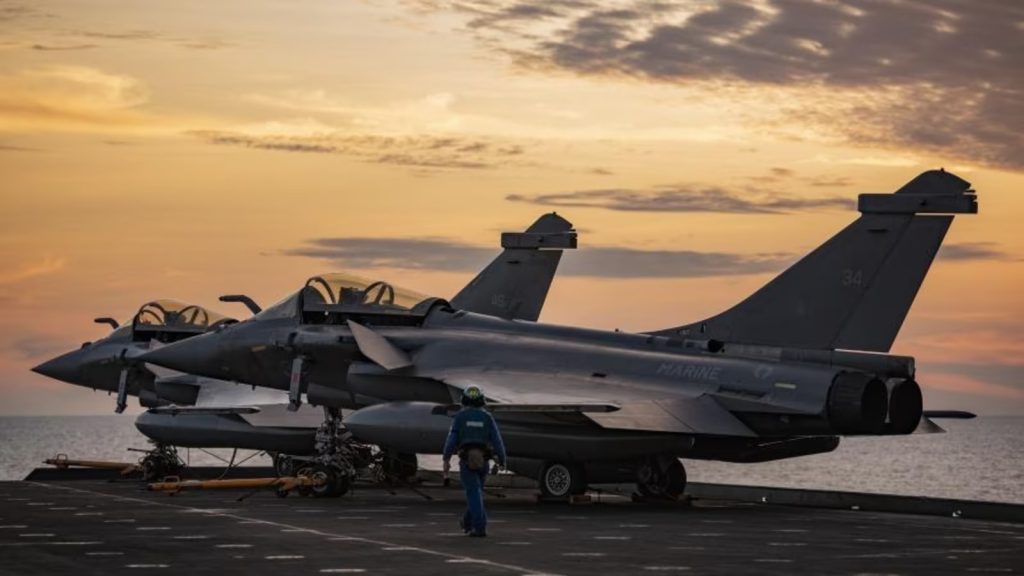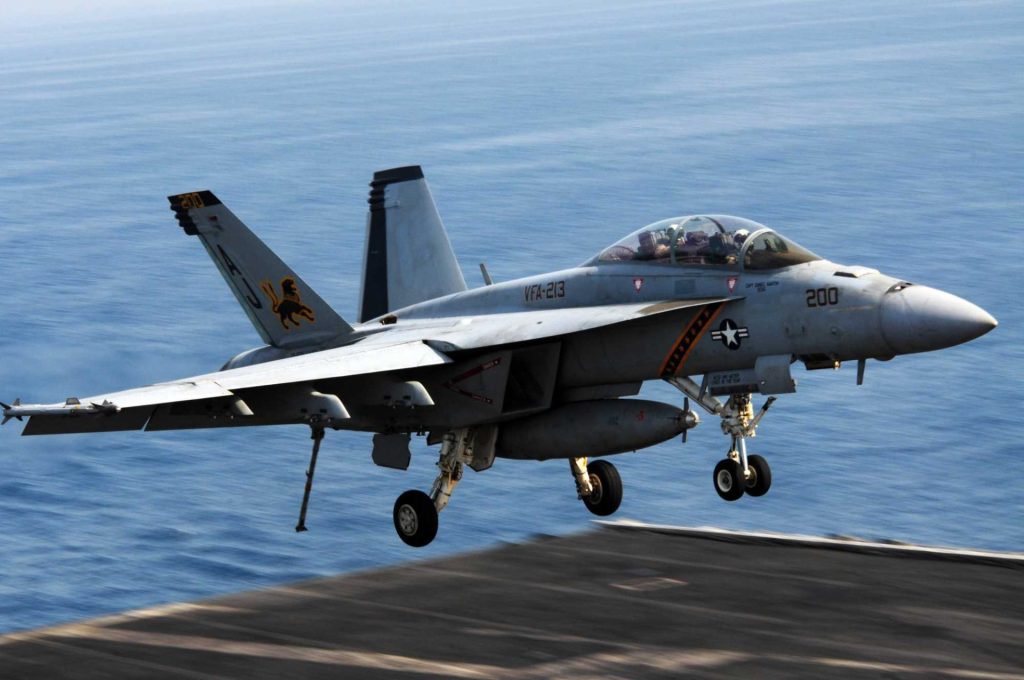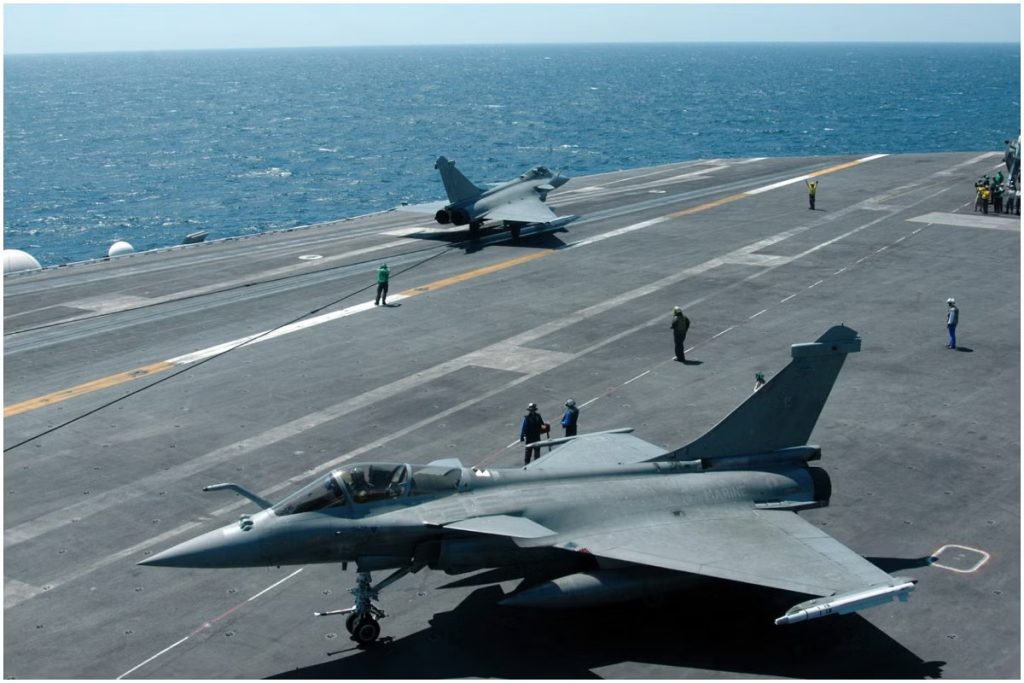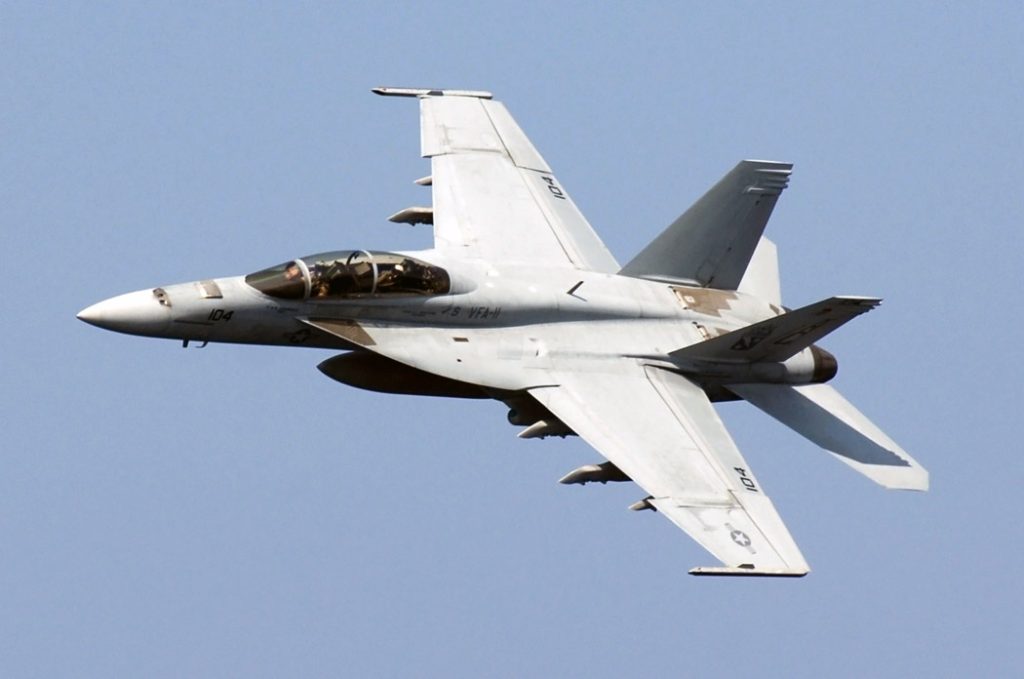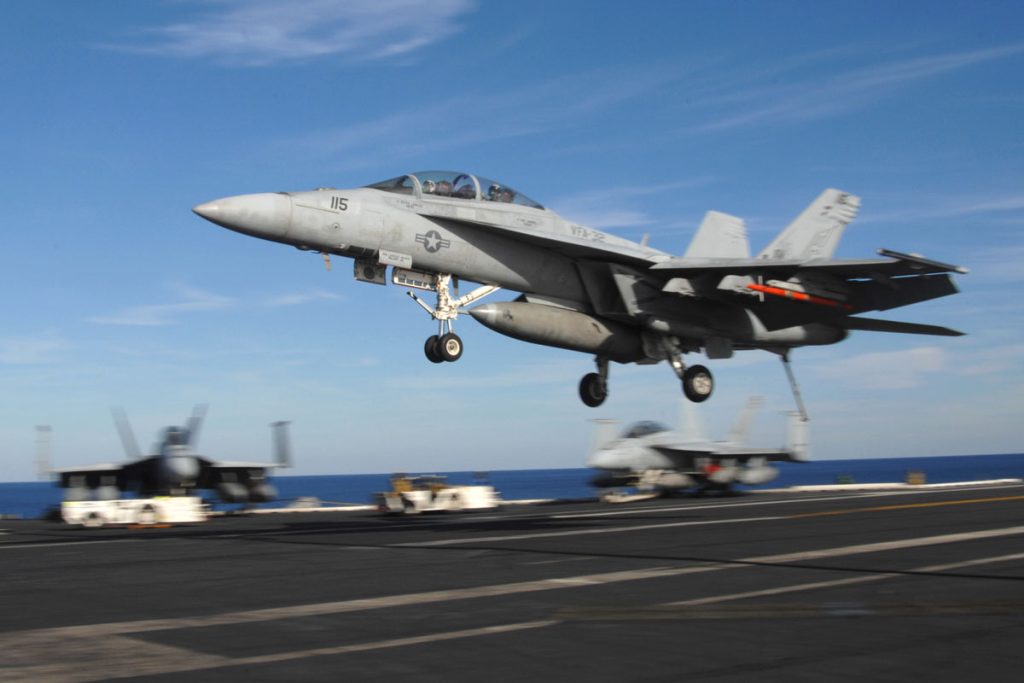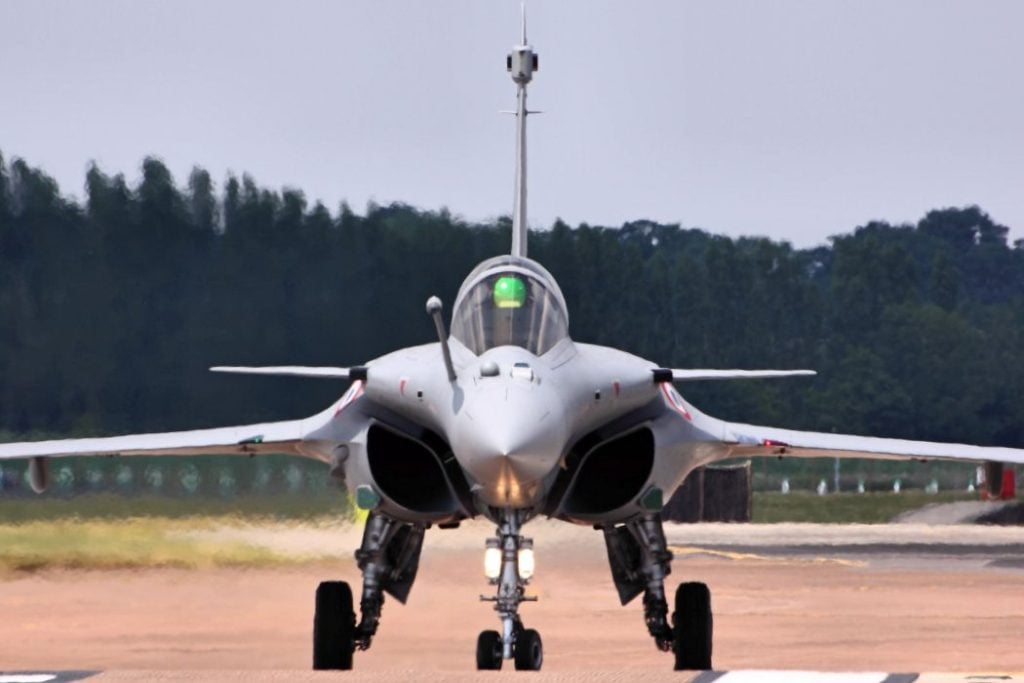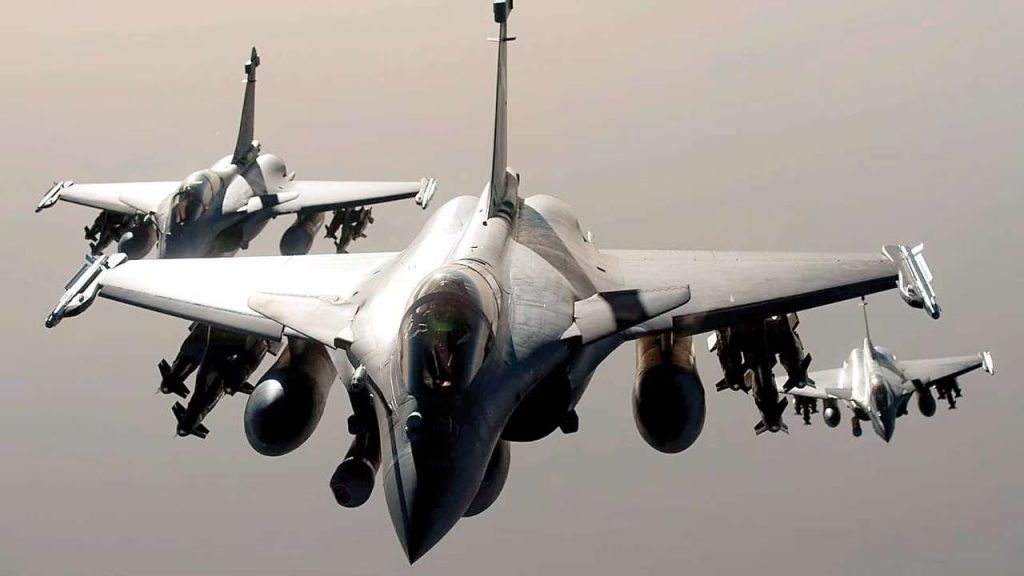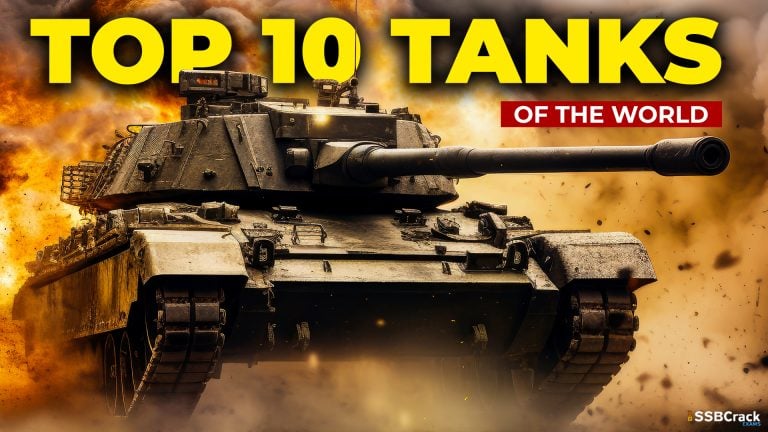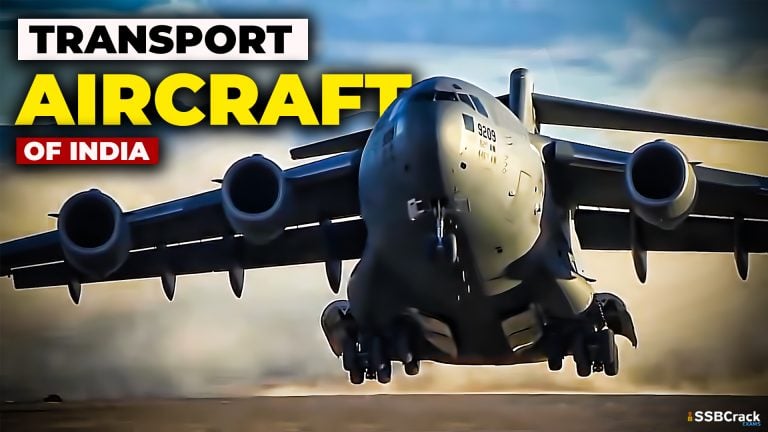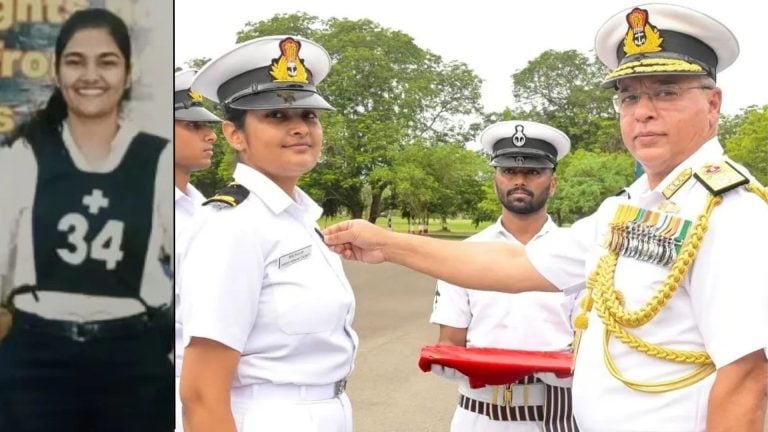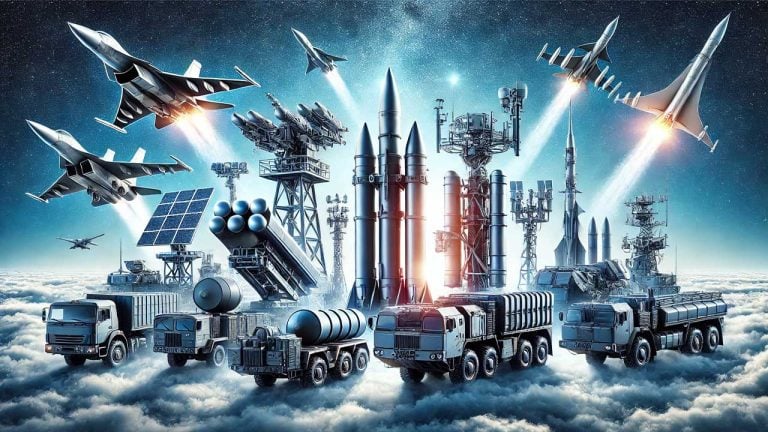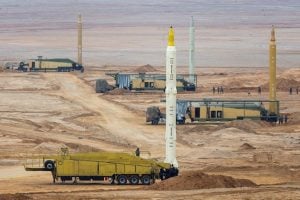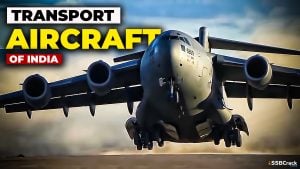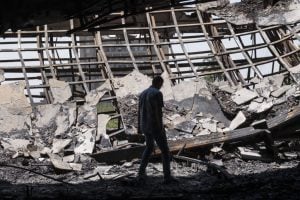During Prime Minister Narendra Modi’s visit to Paris, a deal for 26 naval Rafales is expected to be signed between India and France. This has both positive and negative features. The good news is that it increases commonality; the bad news is that it exposes the gaps that continue to plague our procurement system. In this article, we shall learn why India chose Rafale-M over F/A-18 Super Hornet.
Rafale-M Over Super Hornet
First and foremost, the Navy should be commended for enhancing interoperability with the Air Force. In the past, the Navy picked the MiG-29K specifically because of spare parts and training compatibility with Air Force MiG-29s. In terms of the upcoming agreement, having a shared weapon and electronics pool, as well as India-specific Rafale improvements, are all big advantages for the Navy and represent significant cost savings.
Also read: All About Rafale-M: Indian Navy’s New Fighter From France
Furthermore, the initial training and maintenance infrastructure obtained for the Air Force Rafales will help both the Navy and the public by dramatically lowering expenses. It is critical to note that aeroplane maintenance costs twice as much as the initial purchase price. The most critical operational parts of the commonality would be India-specific upgrades such as a powerful optical suite for stealth aircraft identification and nuclear delivery capability. These are especially important when you consider what we’re up against with the Chinese Navy.
Unfortunately, India cannot yet match China’s investment or the sheer quantity of aircraft carriers and seaborne aircraft available to the Chinese. Chinese naval fighters are all Sukhoi 30 derivatives, which are heavier, better equipped, and more powerful than the MiG-29 (though operating these heavier aircraft from an aircraft carrier’s very short runway may impose significant restrictions on heavier aircraft, negating some of the advantages; while steam or electric catapults eliminate the need for heavy aircraft).
Given this, it was essential to choose a high-quality solution. A MiG on Sukhoi — a Russian-on-Russian engagement — has a 50-50 chance of success, but a vastly superior Western platform armed with longer-range missiles like the Meteor and the ability to detect any purported stealth aircraft via infrared emissions shifts the equation significantly in India’s favour. While Russian-origin fighters pioneered optical detection to compensate for subpar radar technology, western optical systems currently outperform their Russian and Chinese counterparts by a wide margin.
The ability to deliver nuclear weapons on all Indian Rafales is a big improvement. The Air Force Rafales’ ability to deploy nuclear bombs is the worst-kept secret, with the French having granted all necessary permissions and modifications to incorporate stand-off nuclear warheads on them. This provides the Navy with a crucial new capability: the ability to deploy long-range air-launched, nuclear-tipped cruise missiles, as well as the power projection capabilities inherent in an aircraft carrier capable of transporting a floating runway out into the Pacific Ocean.
Also read: Know The Difference Between IAF’s Rafale And Rafale-M Of Indian Navy
We do know, though, that the Rafales will necessitate a considerable redesign of our follow-on carriers. This is because of the size of their aircraft elevators, which convey fighters from the runway on deck to the hangars below deck. The present lifts are exactly 10 metres wide, which is insufficient for the Rafale, whose wings cannot be folded like the MiG-29 or F/A-18 Super Hornet. This means that Rafales can only equip new carriers and are not backwards compatible with previous carriers unless considerable re-engineering and retrofitting is done.
More crucially, given the 40,000-tonne displacement limit of our carriers, as well as the deck space the Rafales require (in the absence of folding wings), the number of aircraft will be quite minimal. The aim is that the Rafales’ superior quality and ability to down adversary aircraft from greater range will compensate for their lack of onboard numbers.
Also read: Why India Chose Dassault Rafale Over Eurofighter Typhoon
Aircraft carriers are not stand-alone vessels. They form complicated combat groups with other frigates, destroyers, and submarines to form a unified entity. This is where India’s BrahMos anti-ship missile (with a greater range and speed than any Chinese ship-borne missile), combined with the standoff ranges of the Rafale’s Meteor air-to-air missile, superior electronics, and sheer endurance and stealth of the Scorpene class submarines, become a potent weapon to choke off the Malacca straits and cause havoc in the South China Sea, despite significantly fewer numbers than the Chinese Navy.
Why not the F/A-18 Super Hornet, one may ask? After all, it is more adaptable, with folding wings, a dedicated and strong electronic warfare variant, and a significantly bigger arsenal of missiles. There are various causes for this. The AMRAAM, its air-to-air missile, does not produce the kind of standoff kills that the Meteor-Rafale combination does. Second, the Americans would never allow any nuclear weapons delivery system to be integrated with the Super Hornet. Finally, having another fighter would have necessitated the establishment of a completely new training, maintenance, and logistical supply chain, not to mention a lengthy negotiation process compounded by the development costs of India-specific upgrades.
Cons of the Deal: Rafale-M Over Super Hornet
While it is admirable that the Navy eventually chose the Rafale over the Super Hornet for cost and commonality reasons, we must still ask why we had a parallel process in place that could have resulted in the procurement of yet another fighter type, complicating our logistics. Indeed, a mass purchase and economies of scale may have greatly improved the quality of work sharing, technology, and offsets agreed upon during the Air Force Rafale sale.
Also read: Comparing Rafale And F-35: Who Will Win?
Indeed, is it prudent to acquire fighters in batches of 36 and 26 when a substantial investment of 180-200 (more than the French Air Force and Navy combined) may give leverage for a near-complete technology transfer (except the Rafale’s 17 per cent US-sourced components)? This is a systemic problem that must be resolved. We are still unable to synchronise needs, testing, and competition to benefit from bulk purchasing. This has a lot more to do with a lack of inter-service coordination, but the political leadership cannot be blamed entirely. After all, the very purpose of an elected government is to synchronise and synthesise competing interests for the benefit of the taxpayer and the country.
Also read: Difference Between IAF Rafale VS IAF Sukhoi 30
Regardless of the systemic procurement faults, the naval Rafale procurement is a big boon for India’s Indo-Pacific strategic imperatives. The advantages far exceed the disadvantages. However, while the systemic problems are being addressed, the system still needs repair.
To crack the SSB Interview, You can join our SSB interview live classes batch and we recommend you to Enroll SSB INTERVIEW ONLINE COURSE. Trusted by thousands of defence aspirants.
Also read:
- CATS Warrior 2: IAF’s Future Unmanned Fighter-Bomber Aircraft
- All Fighter Aircraft Of India – How To Identify Them
- All Fighter Jet Acquisitions By The IAF
- Twin Engine Deck-Based Fighters (TEDBF)
- Should India Buy Su-75 ‘Checkmate’ And What Is The Alternative?
- All About India’s 5th Generation Fighter Jet ‘AMCA’
- All You Need To Know About Indian Navy MRCBF (Multi-Role Carrier-Borne Fighter)
- What Is DRDO Ghatak (Swift) Drone?
- Everything You Need To Know About LCA Tejas
- All About India’s 5th Generation Fighter Jet ‘AMCA’


